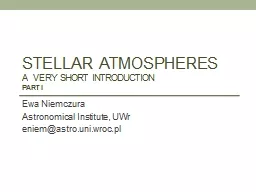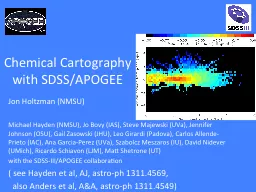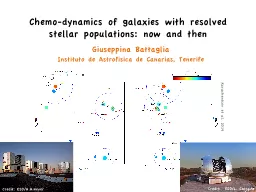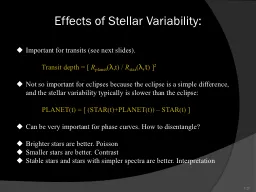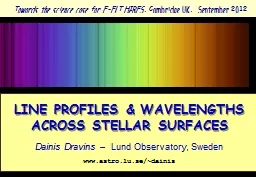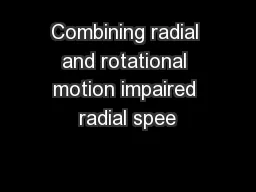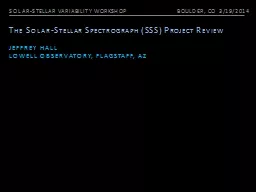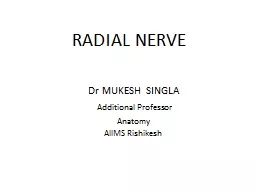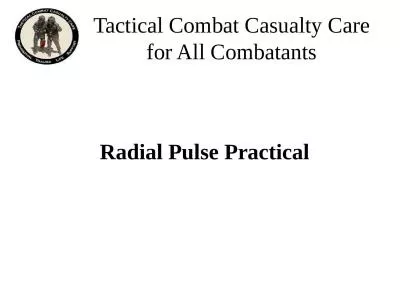PPT-Sensor Effects in Stellar Radial Velocity Measurements
Author : medshair | Published Date : 2020-07-03
Some things to worry about when trying to measure spectral line centroids on your focal plane to 1 nm Cullen Blake UPenn Outline Detecting exoplanets via the Doppler
Presentation Embed Code
Download Presentation
Download Presentation The PPT/PDF document "Sensor Effects in Stellar Radial Velocit..." is the property of its rightful owner. Permission is granted to download and print the materials on this website for personal, non-commercial use only, and to display it on your personal computer provided you do not modify the materials and that you retain all copyright notices contained in the materials. By downloading content from our website, you accept the terms of this agreement.
Sensor Effects in Stellar Radial Velocity Measurements: Transcript
Download Rules Of Document
"Sensor Effects in Stellar Radial Velocity Measurements"The content belongs to its owner. You may download and print it for personal use, without modification, and keep all copyright notices. By downloading, you agree to these terms.
Related Documents



